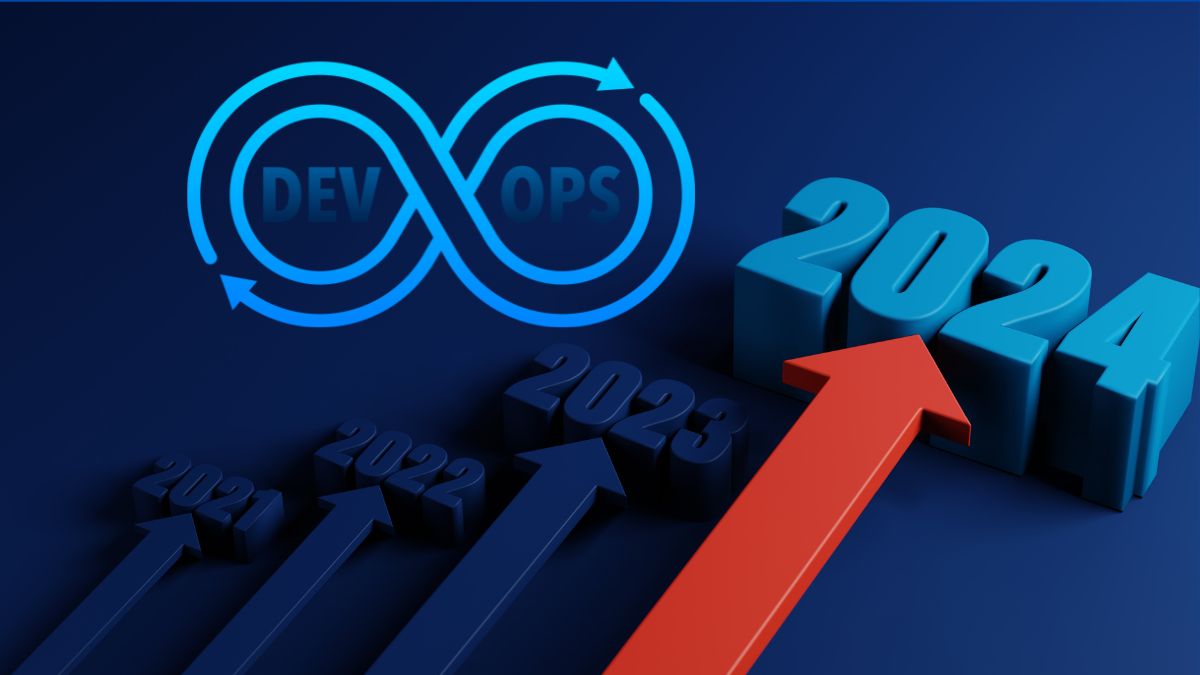In the world of DevOps, effective monitoring is crucial for maintaining system performance, identifying issues, and ensuring seamless collaboration. With countless monitoring tools available, it can be challenging to choose the right one for your needs. To help you navigate the landscape, we’ve compiled a list of the top 10 monitoring tools for DevOps that can optimize your workflow and enhance productivity.
1. Prometheus
Overview:
Prometheus is a powerful open-source monitoring tool that excels in collecting and querying time-series data.
Key Features:
- PromQL: A flexible query language for advanced data analysis.
- Alert Manager: Configurable alerts based on custom metrics.
- Integration with Kubernetes: Ideal for dynamic containerized environments.
Why Use It:
Prometheus is well-suited for microservices architectures, providing deep insights into performance metrics.
2. Grafana
Overview:
Grafana is a leading open-source visualization tool that integrates seamlessly with various data sources.
Key Features:
- Custom Dashboards: Create tailored dashboards for real-time monitoring.
- Wide Range of Plugins: Extend functionality with numerous integrations.
- Alerting Capabilities: Set alerts to notify teams of critical issues.
Why Use It:
Grafana’s stunning visualizations make it easier for teams to interpret data and respond swiftly to incidents.
3. Nagios
Overview:
Nagios is a veteran monitoring tool known for its extensive capabilities in server and network monitoring.
Key Features:
- Centralized Monitoring: Monitor multiple systems from a single interface.
- Plugin Ecosystem: Highly customizable with a range of plugins.
- Real-Time Alerts: Immediate notifications via email or SMS.
Why Use It:
Nagios offers a robust and flexible solution for teams managing complex IT environments.
4. ELK Stack (Elasticsearch, Logstash, Kibana)
Overview:
The ELK Stack is a powerful suite for managing log data, comprising Elasticsearch, Logstash, and Kibana.
Key Features:
- Real-time Log Analysis: Ingest and analyze logs in real-time.
- Rich Visualization Tools: Create insightful dashboards to track trends.
- Scalable Architecture: Handles large volumes of log data effectively.
Why Use It:
The ELK Stack is invaluable for teams needing detailed insights from logs to improve system reliability.
5. Datadog
Overview:
Datadog is a comprehensive monitoring platform that provides full-stack observability for applications and infrastructure.
Key Features:
- Integrated Metrics and Logs: Monitor performance and logs in one place.
- Over 400 Integrations: Connects easily with various services.
- AI-Powered Insights: Leverages machine learning for anomaly detection.
Why Use It:
Datadog offers a holistic view of your tech stack, enabling proactive issue resolution.
6. New Relic
Overview:
New Relic is an application performance monitoring (APM) tool that helps teams understand application performance.
Key Features:
- End-to-End Monitoring: Track application performance from user experience to backend.
- Custom Dashboards: Visualize critical metrics in real time.
- Distributed Tracing: Gain insights into complex microservices.
Why Use It:
New Relic is ideal for teams focused on optimizing application performance and user experience.
7. Zabbix
Overview:
Zabbix is an open-source monitoring solution that offers comprehensive monitoring of networks and applications.
Key Features:
- Scalability: Suitable for small to large-scale environments.
- Flexible Notifications: Customizable alerts based on various triggers.
- Data Visualization: Built-in graphs and charts for easy data interpretation.
Why Use It:
Zabbix provides a robust and scalable solution, making it ideal for diverse environments.
8. AppDynamics
Overview:
AppDynamics is an APM tool designed to monitor application performance in real-time.
Key Features:
- Business Performance Monitoring: Links application performance to business outcomes.
- Real-Time Insights: Provides instant feedback on application health.
- Automatic Root Cause Analysis: Quickly identifies issues for faster resolution.
Why Use It:
AppDynamics is perfect for enterprises seeking to align IT performance with business objectives.
9. Splunk
Overview:
Splunk is a powerful platform for searching, analyzing, and visualizing machine-generated data.
Key Features:
- Data Ingestion: Capable of handling a variety of data sources.
- Real-Time Monitoring: Monitor systems and applications in real time.
- Advanced Analytics: Use machine learning for predictive insights.
Why Use It:
Splunk excels in log management and data analytics, making it a top choice for large organizations.
10. Checkly
Overview:
Checkly is a modern monitoring tool focused on API and end-user monitoring.
Key Features:
- API Monitoring: Ensure APIs are functional and performing well.
- Browser Checks: Simulate user interactions to monitor front-end performance.
- Custom Alerts: Tailor notifications to your team’s needs.
Why Use It:
Checkly is ideal for teams emphasizing API performance and user experience.




